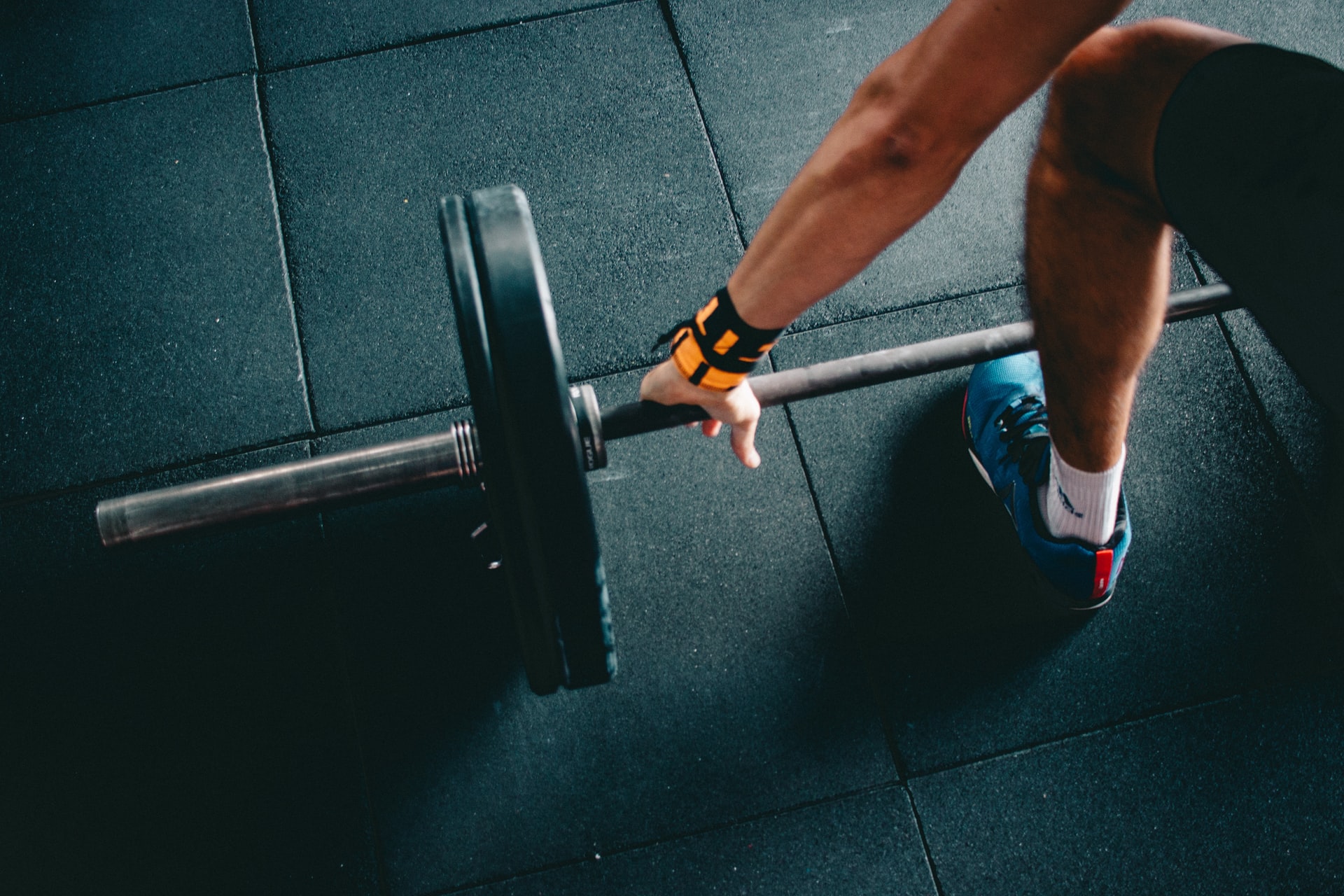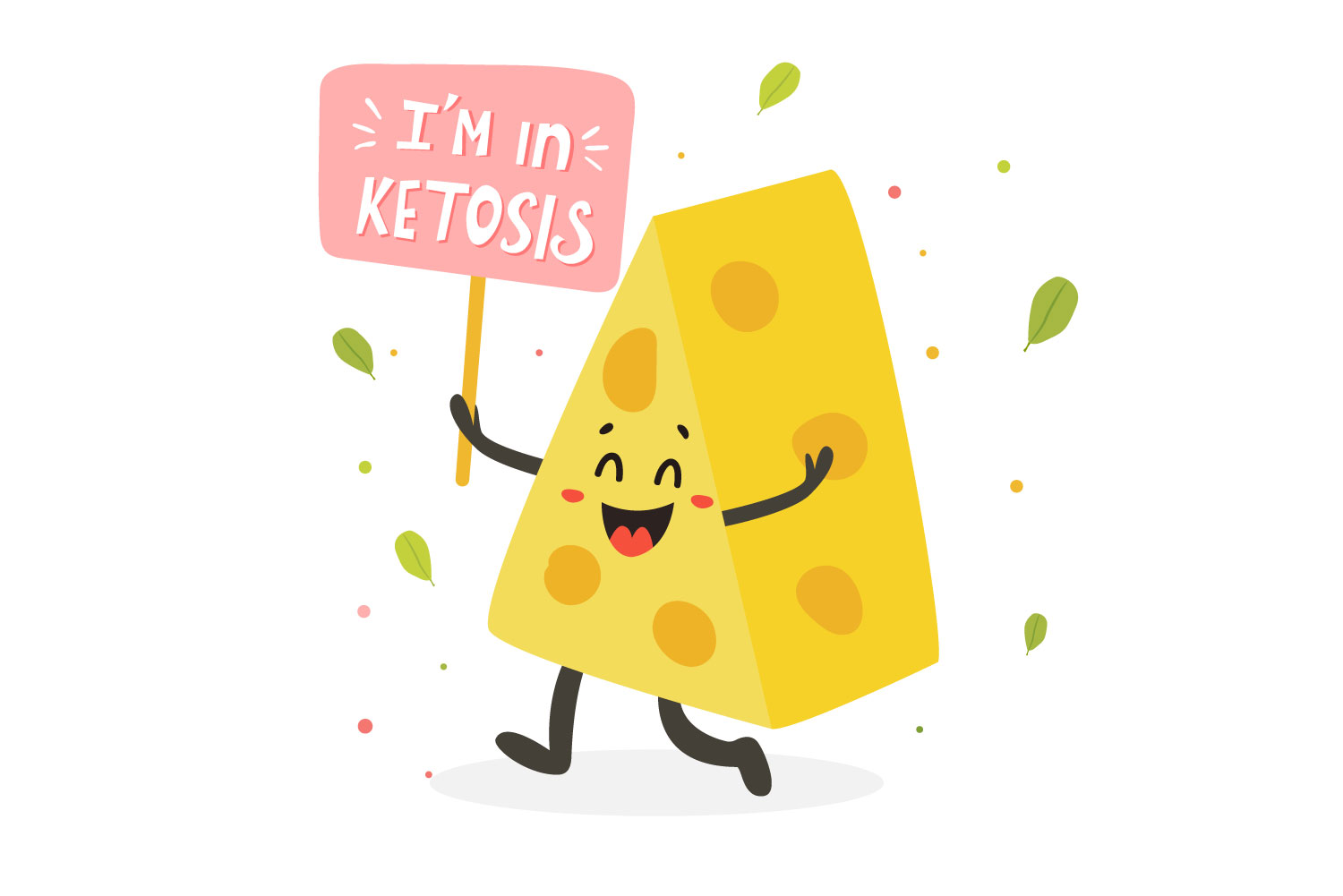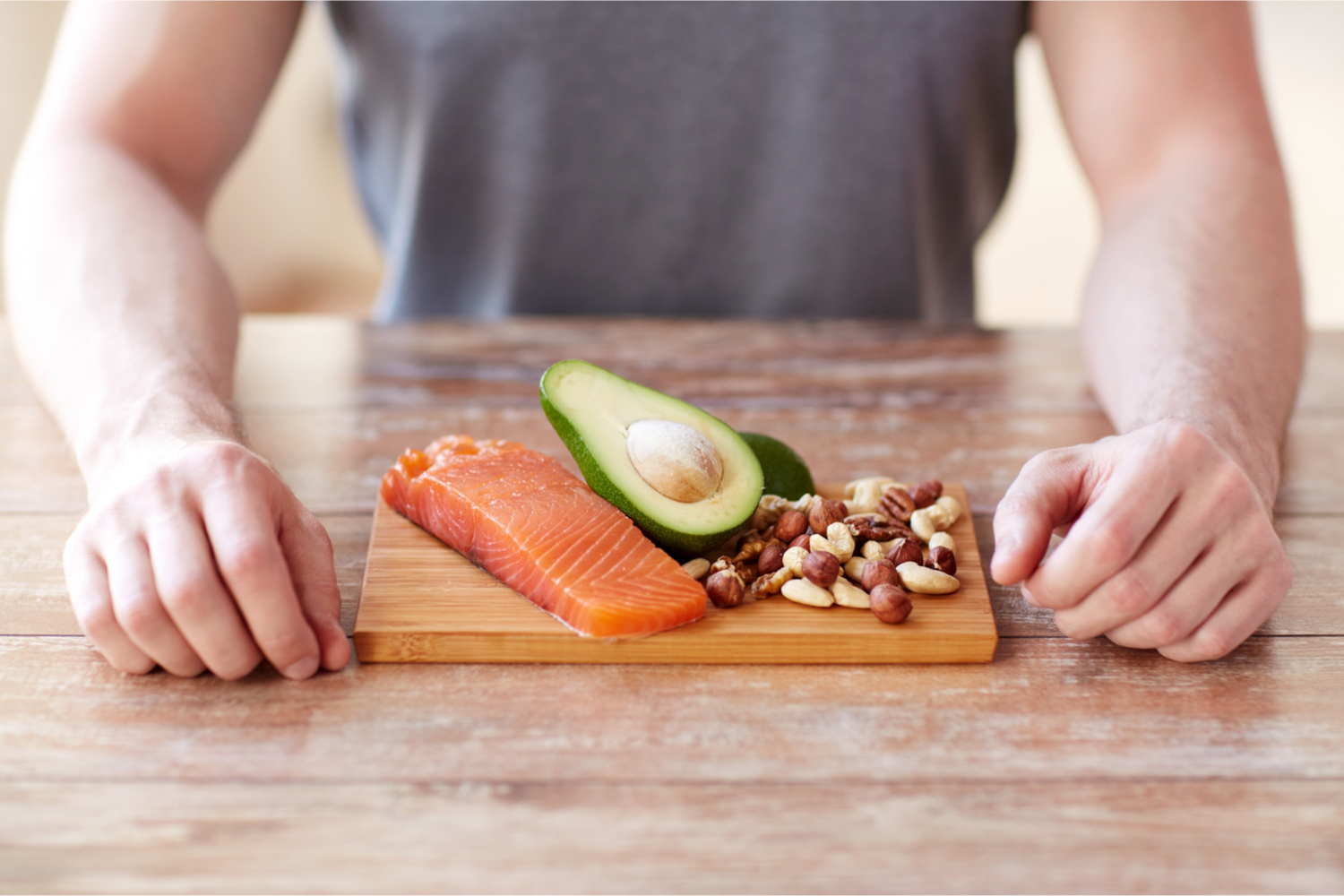SUMMARY
If you’re health-oriented, it’s essential to understand the components of fitness. The list of specific fitness components includes muscular strength, cardiovascular endurance and flexibility.
If you want to achieve a goal, it’s helpful to get specific about your target.
Take fitness, for example. Many of us have the broad goal of improving our overall physical fitness. But what does fitness mean?
It can be hard to get a large group of people to agree on anything. But experts in the health and wellness field agree that there are five main components of physical fitness.
So, what are the five components of fitness? And how can you use them to support your health and wellness journey?
In this article, we will:
- List the five components of physical fitness
- Offer guidance to help you navigate these components to reach your health goals
What are the 5 components of fitness?

Every idea or philosophy has its own set of pillars or components. As we’ve mentioned, there are five critical components associated with fitness. Understanding these components can give you greater insight into what true fitness is all about.
Here are the five components of fitness:
1. Muscular strength
Muscular strength is one of the most practical aspects of fitness. This strength gives your body the power it needs to perform certain tasks.
We need muscle strength in our arms to lift things and move things. And we need muscular strength in our legs to walk or run from one place to the next.
2. Muscular endurance
Muscular endurance concerns stamina. There are certain situations where you need that kind of staying power and consistent effort to get the job done.
More specifically, muscular endurance measures how your muscles perform over extended periods. Endurance requires the body to perform muscular contractions for minutes instead of mere seconds. It gives us the goods to hang in there until completion during long, grueling physical tasks.
3. Cardiovascular endurance

Cardiovascular endurance is also known as aerobic endurance. Your body relies on this type of endurance for support when handling specific tasks.
The cardiovascular system includes your heart, blood and blood vessels. Your heart pumps blood throughout your body after pumping it to your lungs. This blood is rich in the oxygen that supports life.
In totality, the cardiovascular system sends vital oxygen, nutrients and hormones to the various cells and organs throughout your body. Your cells and organs need those substances for the body to survive and thrive.
The cardiovascular system helps your body handle physical activity, exercise and stress. Additionally, it helps maintain a healthy body temperature.
If you have good cardiovascular endurance, you’ll do a better job of handling physical exercise that requires the body to work for extended periods. That includes things like running, jogging, swimming and cycling.
4. Flexibility
Flexibility looks at your body’s ability to move without pain and stiffness.
Movement is required to function in this world, and movement depends on flexibility. Sadly, many of us overlook this physical fitness component. In the fitness world, it’s common for people to focus exclusively on things like strength and endurance.
If you neglect your flexibility, the muscles and joints can become stiff. Over time, this can limit the body’s ability to move.
By supporting your flexibility with proper training, you can help make sure your body can travel through its entire range of motion with minimal pain or stiffness.
5. Body fat composition
Body fat composition measures the fat you carry on your body.
For example, let’s say you weigh 200 pounds and have a 25 percent body fat composition. That means you’re carrying 50 pounds of body fat and 150 pounds of lean body mass.
Many of us know that excessive body fat can have undesirable health outcomes. It’s linked with conditions like diabetes and heart diseases.
So, what’s the ideal body fat composition from a fitness perspective?
According to the American Council on Exercise (ACE), the ideal range is 14-17 percent for fitness-oriented men. However, that range drops to 6-13 percent for hardcore male athletes.
For fitness-oriented women, the ideal range is 21-24 percent. And for female athletes, the range is 14-20 percent.
ACE states that fat mass exceeding 25 percent in men is considered obese. For women, the obesity threshold is 32 percent.
How to improve your performance in the 5 components of fitness
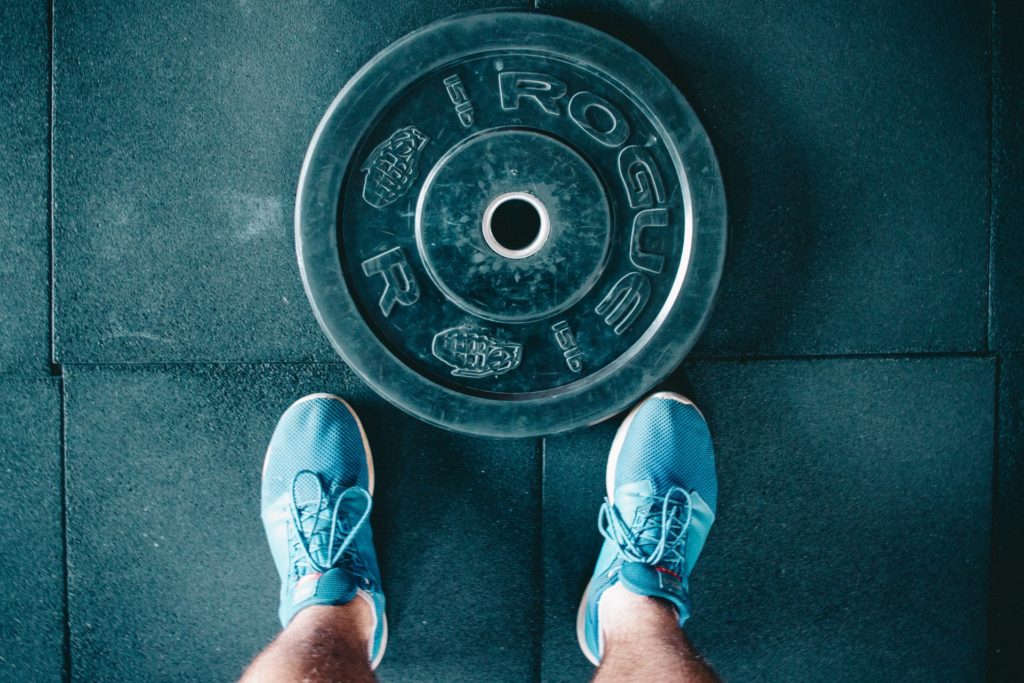
So, now that we understand the components of fitness, what can we do to improve performance in specific areas?
We spoke with Ben Walker, personal trainer and operator of Anywhere Fitness, for guidance.
Thanks for taking the time to speak with us about the components of fitness, Ben. Let’s get into it. What exercise routine is best for boosting muscular strength?
If looking to increase muscular strength (gain muscle mass), there are a number of different variables to consider. In general, the common goal is to achieve hypertrophic gains from a particular exercise.
Hypertrophy is the method of lifting 8-12 repetitions of the heaviest weight possible to your best ability. With this training protocol, the muscle fibers tear effectively to repair, become stronger, and grow with adequate sleep and nutrition.
And for muscular strength, what’s the ideal number of reps and sets?
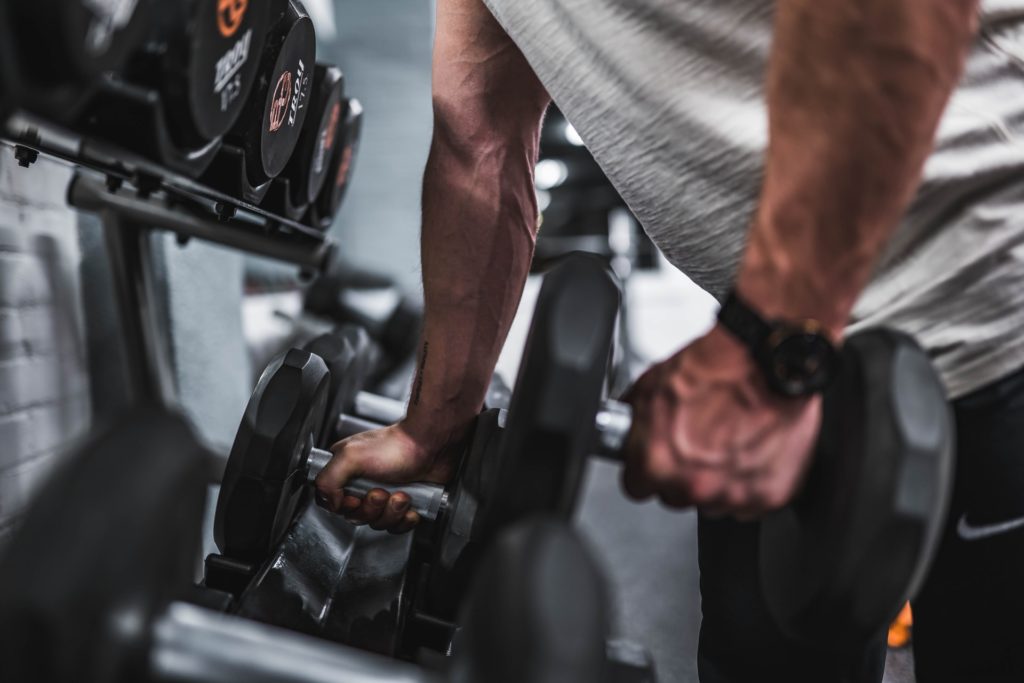
To increase muscle size and strength, keep striving towards completing 12 repetitions of an exercise in 3 sets. At first, you might complete 8-10 reps on successive attempts. Keep your rest time between 60-90 seconds and keep track of targeting your goal. Once 12 reps x 3 sets are accomplished, slowly increase the weight in small increments and move up the ladder with the same process again.
You need to keep adding variables to your routine to build muscular strength and achieve hypertrophy. Targeting every muscle group, alternate the exercises weekly for targeting each muscle. This tricks the body into continuously breaking down the muscle fibers so that they repair and grow.
If you continue with the same program weekly, the body learns that the same routine is being performed and this process comes to a plateau. Pick 2-3 weight exercises for each muscle group in the upper and lower body. Change them and rotate; mix up the combinations. Also, change the hand grip you use to perform the exercises regularly.
When focusing on the components of fitness, what can we do to enhance muscular endurance?
Lifting weight beyond 15-20 reps would be a better protocol for building muscular endurance and trying to stay leaner and lighter.
Let’s talk about cardiovascular endurance. What tips can you give us on that front?
Mix low-intensity exercises of longer duration with higher intensity intervals of shorter duration to build overall cardiovascular stamina. By combining exercises such as swimming and running with sprints and burpees, we can increase our aerobic capacity and anaerobic threshold. This increases our energy levels for all types of cardiovascular activity.
What types of exercise work best for reducing body fat?
Aerobic exercises, such as running and cycling, burn fat cells as a fuel source. The aerobic system is best activated when training below 30 percent intensity.
The anaerobic system is best activated when training beyond 50 percent intensity during exercise. It includes running at a faster pace, sprinting and lifting weights. When training anaerobically, we burn carbs and sugar as a fuel source.
When combining aerobic and anaerobic, we burn energy from all fuel sources. This burns body fat effectively and achieves the best weight loss results. That’s why it’s important to add variety to your fitness program. Make sure to train all the muscle groups weekly and add low-intensity cardio circuits.
And how about flexibility?
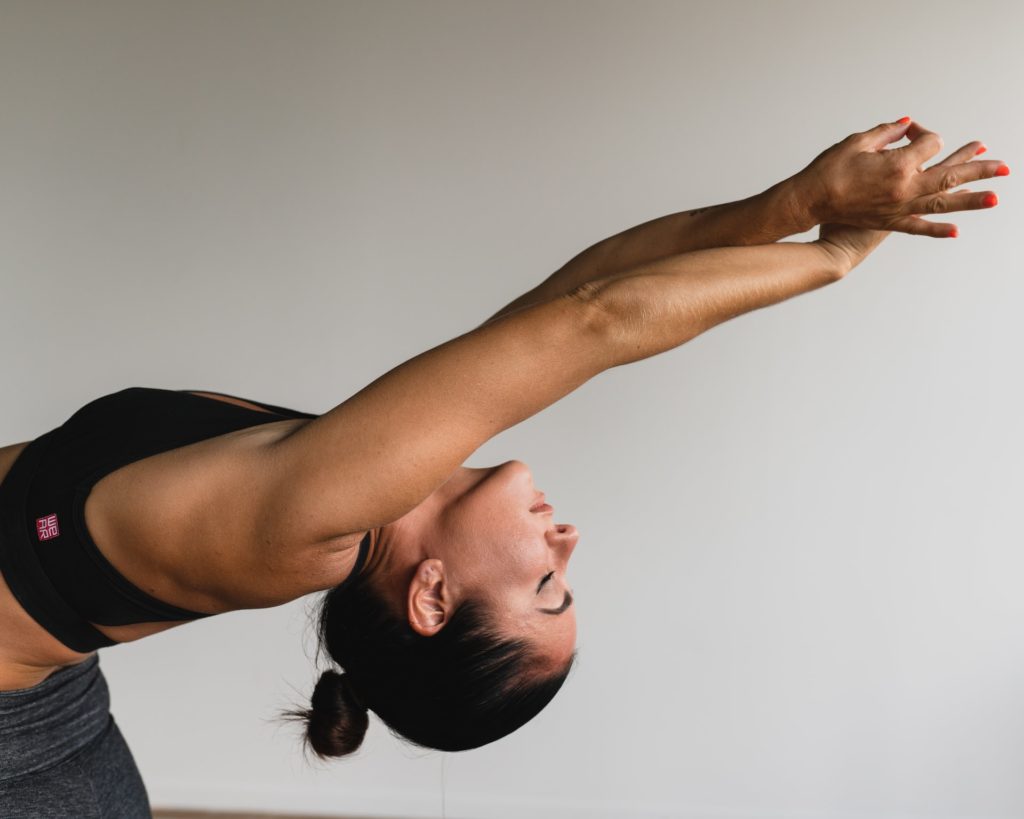
To increase your flexibility, you should perform a dynamic warm-up directly after a basic warm-up.
A dynamic warm-up includes movements that send extra blood flow to all the body’s extremities. By performing continuous light exercises on each muscle group, we can improve our range of motion for all the muscles and joints when doing an exercise.
Directly after the workout, warm down correctly by performing static stretches. This involves holding each muscle for 20-30 seconds while stretching it to its best ability. By following these methods before and after a workout, you can enhance your overall flexibility.
Finally, what role does diet play as you navigate the components of fitness?
Diet plays a huge role in sports performance and weight loss.
As the anaerobic system only uses glucose as a form of energy, your body will need carbohydrates to perform strength training. Without glucose, your muscles will not be able to lift weight to their maximum potential. This also goes for any cardiovascular activity where you exert beyond 50 percent intensity.
It’s important to know when to consume the correct fuel at the right time. Eat the carbs and healthy fats and burn them through aerobic and anaerobic exercise. Eat the proteins after your workout to recover your muscles and grow the tissue.
It’s also important to eat your carbs earlier in the day. You should never consume a lot of glucose unless you plan to use it in training or intend to move around a lot during the day. Eating too many carbs at night can cause weight gain as we are less active during this time and our metabolism starts to slow down more rapidly in the evening.
Next steps
Activities like resistance training and flexibility exercises can enhance muscular power, improve agility and build lean muscle mass. These activities can support you on your health journey, but paying attention to your diet is also crucial. Healthy, nutritious food provides invaluable support when working with the five components of fitness.
Fresh N Lean is the nation’s largest organic meal delivery service. Our tasty, chef-prepared cuisine is always fresh and never frozen, and we offer convenient meal plans like Protein+, Keto, Paleo, Standard Vegan and Mediterranean. Choose Fresh N Lean for affordable nutrition, delivered to your doorstep.
